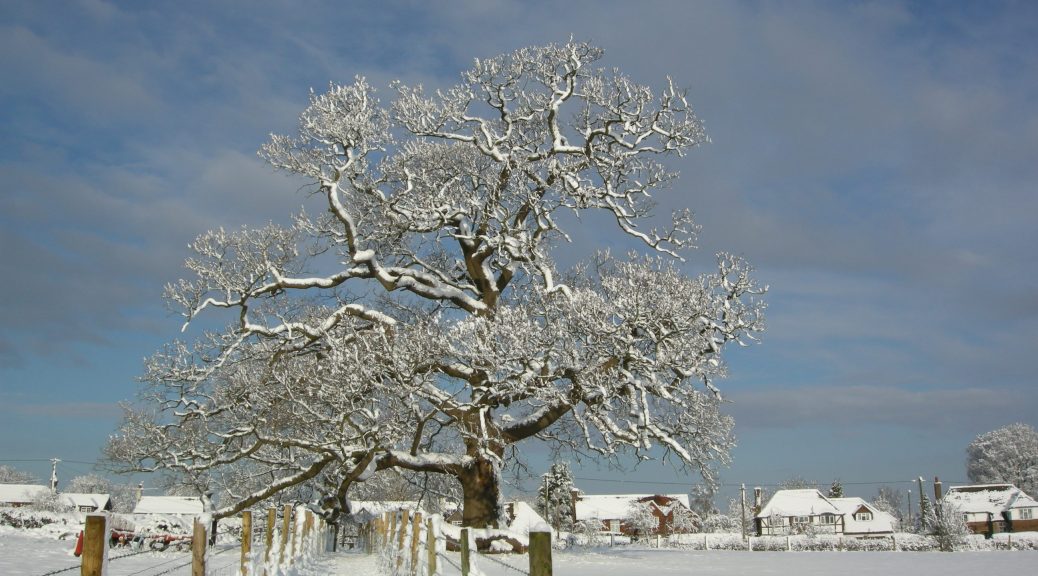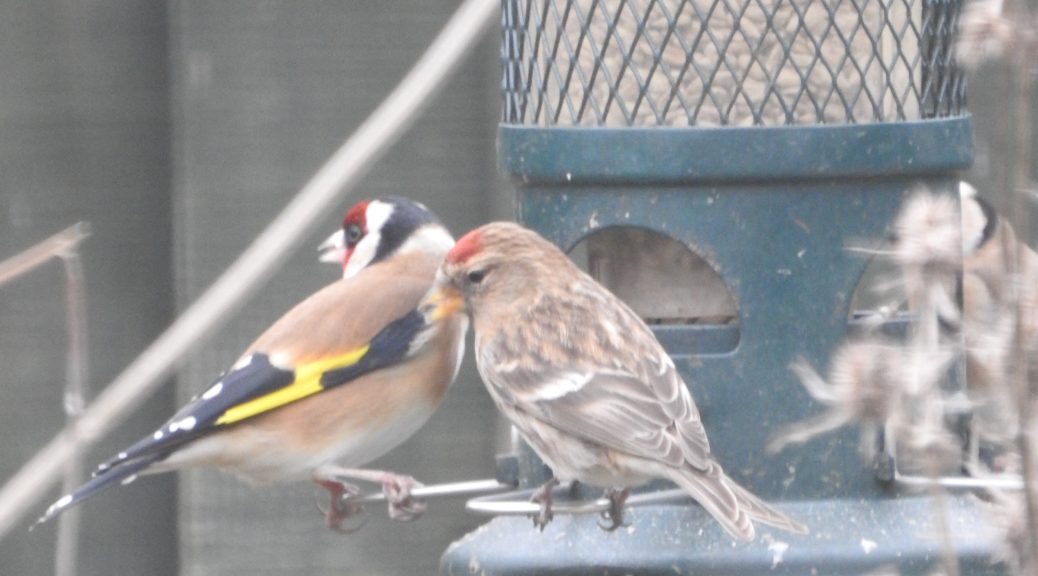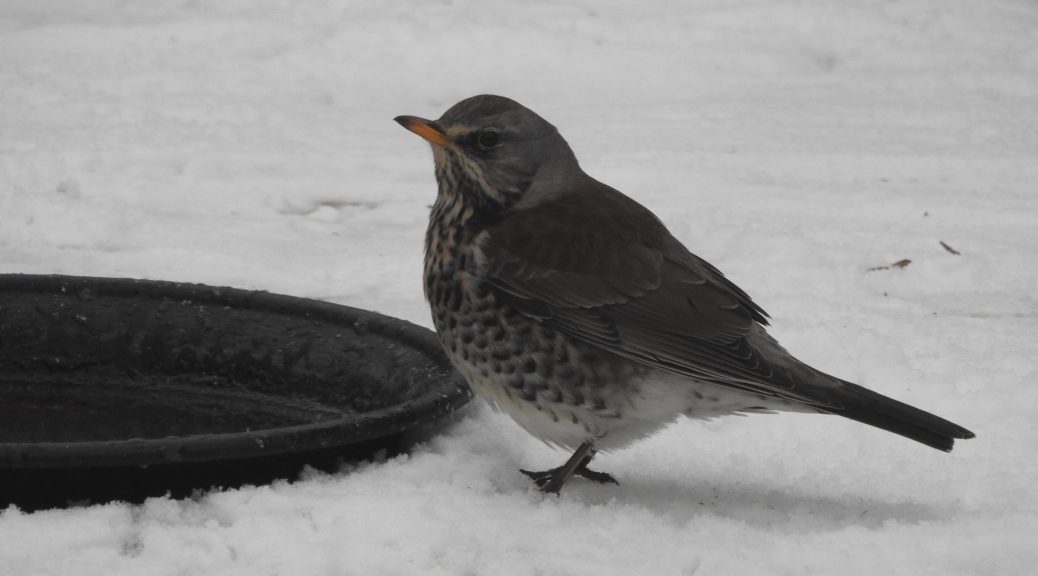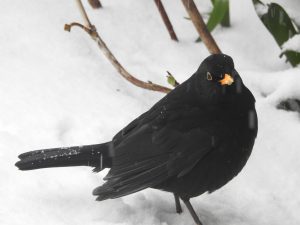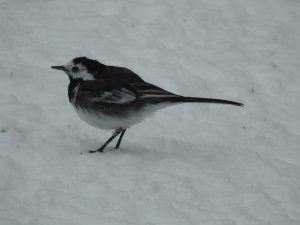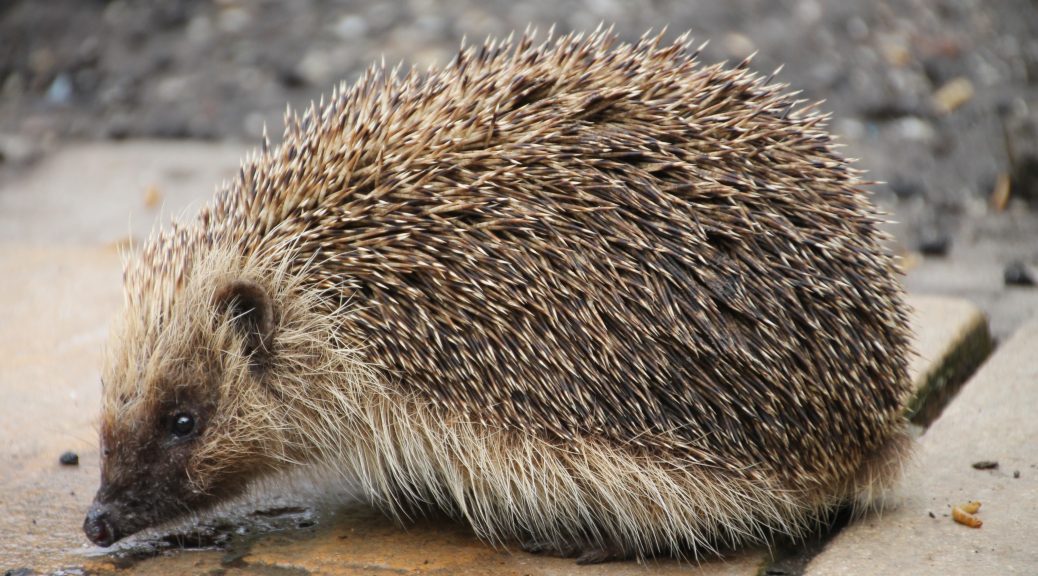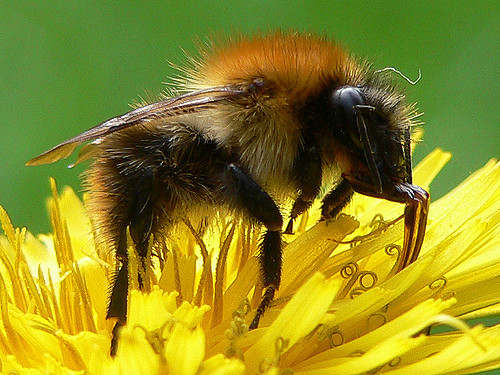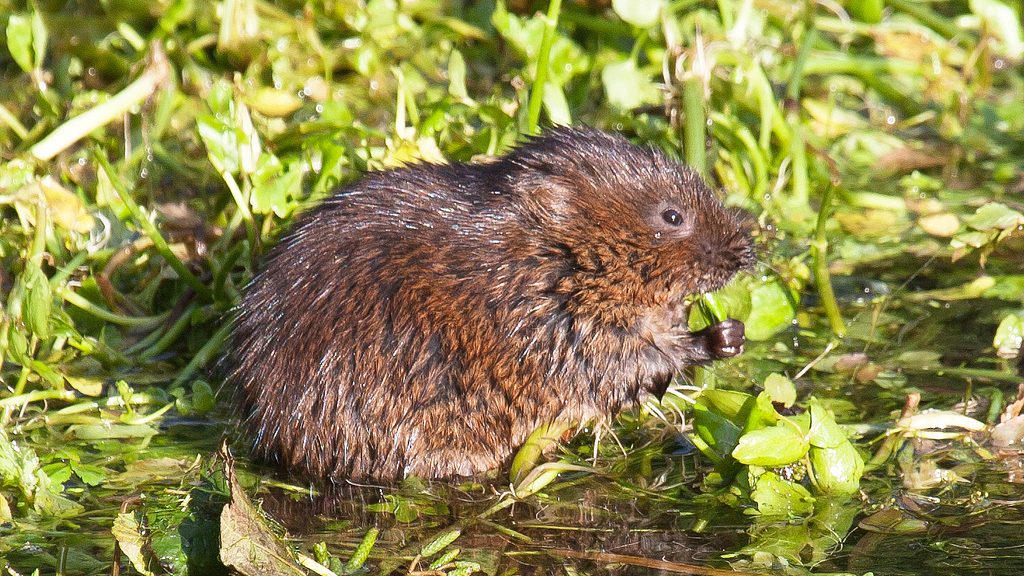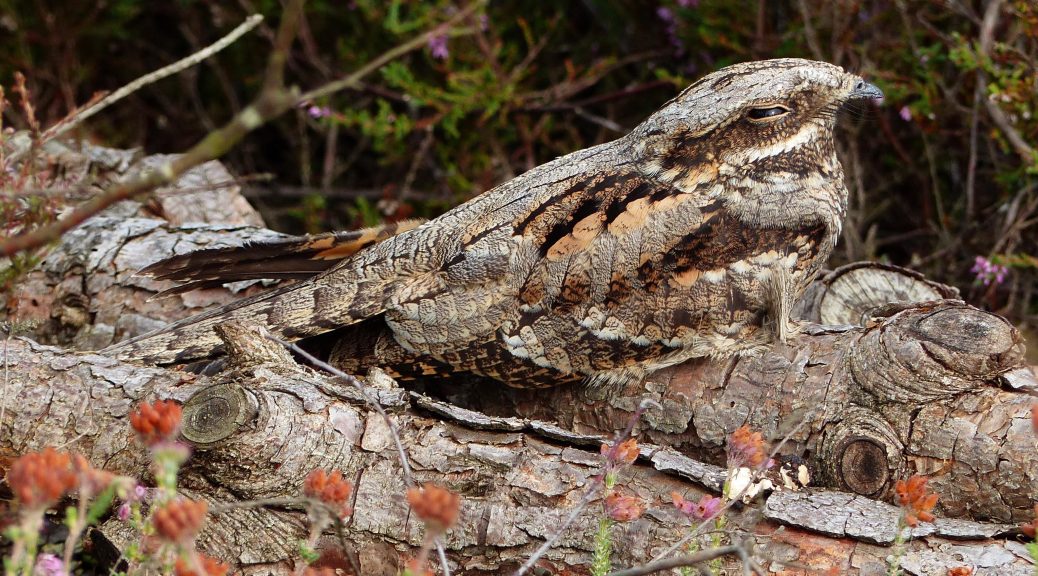We are so lucky to have hedgehogs in our village, this is mainly due to the age of many of our homes meaning we have larger than average gardens that are not totally fenced in. Hedgehogs need access a range of gardens, to be able to move freely at night to snuffle in the hedgerows and under bushes.
In February and March hedgehogs will start wakening from their winter hibernation. When exactly will depend on the weather – if we have freezing temperatures they will stay tucked up in their nests. They will also wake up on warmer evenings and have a mooch around for food in the winter.
Food and water
They are particularly fond of bird food, which is why I saw the first hedgehog in my garden – eating dropped sunflower hearts from a birdfeeder. Meal worms, sunflower hearts, chopped peanuts are favourites. They will also eat tinned dog/cat food (not fish based).
Never feed hedgehogs milk as it can cause diarrhea; instead provide plain, fresh water in a shallow bowl.
I leave a dish of food and water outside my french doors and enjoy watching the hedgehogs come at dusk to feast from March to November. Hedgehogs can travel 1-2 km a night during their active season.
Hedgehog-friendly gardening
To help hedgehogs in your garden:
· If you have a wooden fence, think about cutting a small piece out at the bottom or, as I have done, dig out soil from underneath the concrete gravel board.
· Cover drains and holes and place bricks/pebbles at the side of ponds to give hedgehogs an easy route out (yes they can swim!). Cover swimming pools overnight and when not in use.
· Check for hedgehogs before using strimmers or mowers, particularly under hedges where animals may rest. Check compost heaps for nesting hogs before forking over.
· Build bonfires as close to time of lighting as possible and check them thoroughly before lighting.
· Remove sports or fruit netting when not in use to prevent hedgehogs becoming entangled, and getting injured.
Beware of slug pellets!
These can poison hedgehogs and our lovely song and mistle thrush as they eat snails and slugs. Try using beer traps or I’ve had excellent results with a new organic product made of recycled sheep’s wool pellets.
Make a hedgehog a home
Why not make a hedgehog home, by leaving areas of the garden ‘wild’, with piles of leaf litter and logs? These are an attractive nest as well as a home for the invertebrates (slugs, beetles) that hedgehogs like to eat.
Making an artificial home can be as simple as placing a piece of board against a wall with some wood piled inside. Or, an upturned old plastic washing up bowl, covered it with leaves, tucked under a shrub in a quiet corner of the garden with no direct sunlight.
Hedgehogs don’t tend to like you putting nesting material inside, they like to forage and choose their own! So don’t rake up all those dead leaves or throw away dried ornamental grass cuttings, leave a pile in a corner or tucked under shrubs and they will take what they need. You can of course now buy purpose built hedgehog houses at a price!
Read also The Times’s article on How gardeners can help save the hedgehog published on 24th Feb 2018.
Sightings
Please email us with your sightings of hedgehogs seen in the village at fnwildlife@gmail.com. If you see a hedgehog out during the day or a small hedgehog in the autumn (they must weigh 600grams to survive hibernation) then please contact one of our local wildlife rescue centres – Harper Asprey (01344 623106) or Wildlife Aid (09061 800132).
Hedgehog Street has been set up nationally to monitor where hedgehogs are found and they would like you to email sightings at www.hedgehogstreet.org.
Written by Angela Gray

